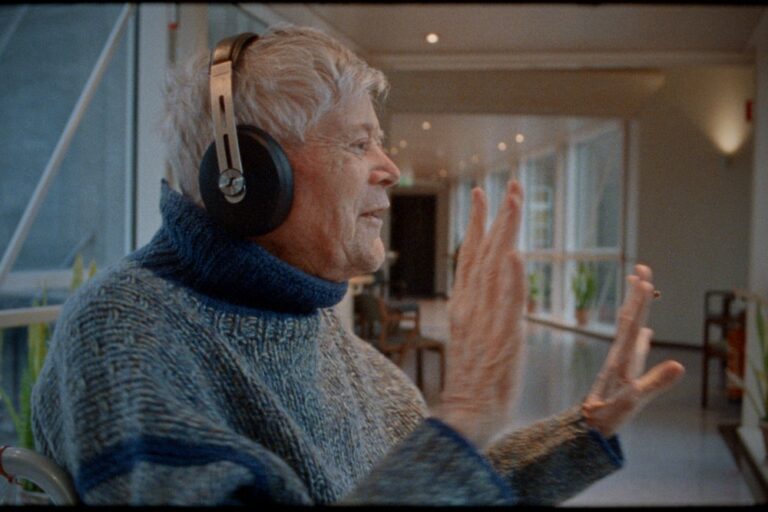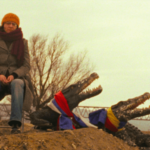The 22nd Reykjavik International Film Festival concluded on October 5 after a ten-day program that braided global cinema with a local sensibility. Guided by RIFF founder Hrönn Marinósdóttir and program director Fréderic Boyer, the edition balanced a look back at cinema history with fresh discoveries and a slate of masterclasses from visiting auteurs.
Opening night and masterclasses
The festival opened with a documentary exploring Kim Novak’s Vertigo, directed by Alexandre O. Philippe. Novak could not attend due to illness, but a roster of contemporary filmmakers — Anton Corbijn, Mohsen Makhmalbaf, Apichatpong Weerasethakul and Ursula Meier — introduced archival titles and led insightful masterclasses.
Venice premieres and a Swiss focus
A handful of films arrived in RIFF after Venice debuts, with Olivier Assayas making a whirlwind 24‑hour stop to present The Wizard of the Kremlin. Switzerland emerged as the focus country, offering more than a dozen titles and a varied slate that highlighted language and form from the Alpine nation.
Iceland at the center stage
Among the festival’s high notes, around 34 Icelandic titles were screened, underscoring a vibrant local scene. Notable guests included Björk and filmmaker Fridrik Thor Fridriksson, who attended screenings and events; Yrsa Roca Fannberg’s intimate The Ground Beneath Our Feet received domestic screenings after earning prizes abroad.
New Visions and other honors
In the New Visions competition, Jaume Claret Muxart took home the Golden Puffin for a lyrical coming‑of‑age work. The A Different Tomorrow strand saluted the documentary Mr. Nobody Against Putin for exposing the scale of propaganda. Marinósdóttir stressed that this edition united international industry players with Icelandic talent, paving paths for future collaborations.
Unconventional screenings and youth-focused panels
RIFF extended its reach with screenings in nontraditional spaces, including a family program and a claustrophobic screening inside the Raufarhólshellir lava tunnel. For traditional cinema lovers, venues near the university drew a young audience, complemented by Nordic House discussions and masterclasses led by visiting directors.
Marinósdóttir closed with a note of optimism, praising the edition for knitting together global cinema and Iceland’s industry, and signaling energy for the festival’s next chapter.
Source: Original article



